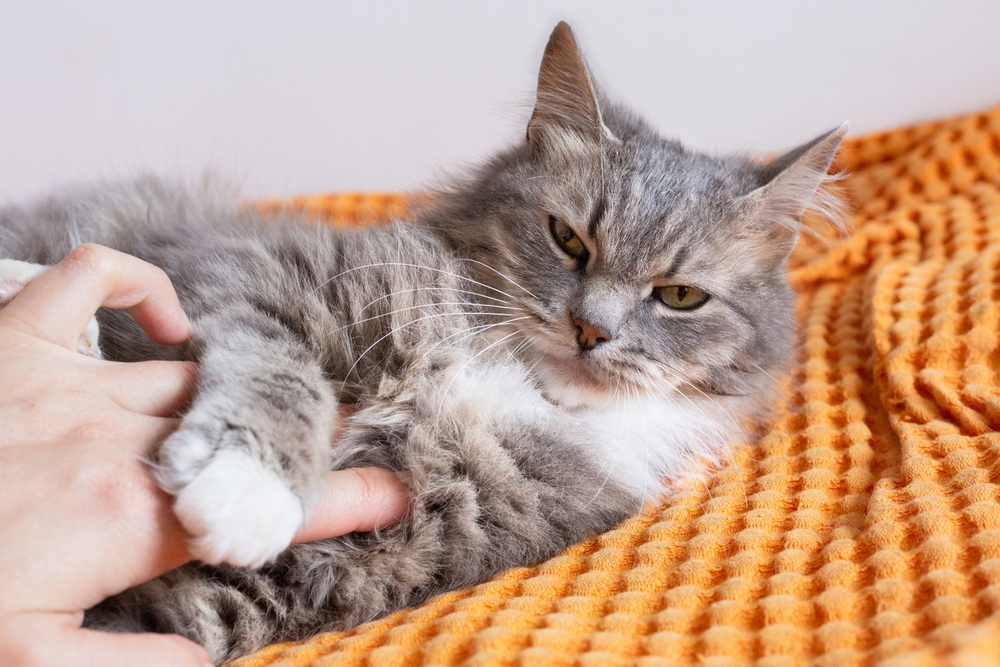At Tidmore Veterinary Hospital in Northport, Alabama, we understand that deciding to spay or neuter your pet is a big moment in their care journey. It’s a decision that comes with questions—about timing, health outcomes, behavior, and even long-standing myths. We’re here to help you navigate those questions with clear, medically grounded advice so you can make the best decision for your pet and your family.
What It Means to Spay or Neuter Your Pet
Spaying and neutering are safe, routine surgical procedures that prevent pets from reproducing:
- Spaying removes the ovaries and uterus in female pets.
- Neutering removes the testicles in male pets.
While often thought of as population control, the benefits go much deeper—supporting both long-term health and behavior.
Clearing Up Common Misconceptions
We often hear concerns that spaying or neutering will cause personality changes, weight gain, or even take away something “natural” from your pet’s life. But the truth is:
- These procedures don’t change who your pet is.
- Weight gain is manageable with diet and exercise.
- And the health and behavioral benefits far outweigh the risks.
You can read more from the ASPCA’s guide on common spay/neuter myths.
Why It Matters: Health, Safety, and Community Impact
Health Benefits
- For female pets, spaying prevents pyometra (a potentially fatal uterine infection) and drastically reduces the risk of mammary tumors—especially when done before the first heat. Learn more about pyometra from Cornell University.
- For male pets, neutering eliminates the risk of testicular cancer and lowers the chances of prostate problems and hormone-driven behaviors.
Community Benefits
Spaying and neutering reduce the stray population, which helps ease the burden on shelters and keeps more animals safe and cared for. According to the AAHA, this also lowers the spread of disease and reduces the number of pet-related accidents in the community.
Behavior: What Can Change—and What Won’t
Spaying and neutering can lead to fewer problem behaviors:
- Less marking or spraying (especially in cats)
- Reduced aggression or mounting
- A lower urge to roam, which means fewer escape attempts
But remember—behavior is shaped by more than just hormones. Training, environment, and social interaction all play key roles in raising a well-adjusted pet.
What Happens If You Choose Not to Spay or Neuter?
Choosing not to spay or neuter is a valid choice—but it comes with added responsibilities. If you go this route, here’s what you need to be prepared for:
- Female pets will go into heat, often twice a year. This means you’ll be managing messy bleeding, behavioral changes, and restlessness for several weeks at a time.
- Male pets can detect a female in heat from far away and may become fixated, distracted, or even destructive. You’ll need to be extra careful with leashes, fences, and social settings.
- Training and supervision become even more important. Intact males especially need consistent socialization and behavior work to stay balanced.
- Medical risks increase, especially for unspayed females who are more likely to develop pyometra or reproductive cancers.
- Breeding isn’t simple or risk-free. Even if you’re considering a litter, remember:
- Not all pets want—or are prepared—to be parents.
- Raising puppies is expensive and time-consuming (think prenatal care, puppy vaccines, extra food, potential emergency C-sections, and more).
- If something goes wrong, you may need to hand-raise orphaned puppies, which means feeding them every few hours around the clock.
- With so many animals already in need of homes, it’s worth asking: are you truly ready?
For most pet owners, spaying or neutering offers peace of mind, fewer messes, and fewer health concerns—without the unpredictable stress that comes with heat cycles, behavior changes, or accidental litters.
What to Expect From the Procedure
Understanding the process helps ease worry. Here’s what the procedure looks like:
Before surgery
- Your pet will need to fast.
- Our team will perform a pre-surgical exam and any necessary blood work.
During surgery
- General anesthesia is administered, and your pet is monitored continuously to ensure safety.
After Surgery
- Pain management is provided.
- You’ll receive detailed home-care instructions for rest, wound care, and managing activity.
- An E-collar may be needed to prevent licking.

When Is the Right Time?
The ideal time depends on your pet’s age, breed, and health history. While 4-12 months is a common guideline, we’ll work with you to determine the best timing based on your pet’s unique needs. Schedule an appointment to discuss what’s best for your pet.
Cost, Recovery, and Long-Term Value
While spaying or neutering does come with an upfront cost, it can help you avoid expensive future treatments—like emergency care for pyometra, injuries from roaming, or behavioral issues that require training. Recovery usually lasts 10–14 days with activity restriction, and most pets bounce back quickly with proper care.
We’re Here to Help You Decide
At Tidmore Veterinary Hospital, we know every pet and every household is different. That’s why we take the time to get to know you, answer your questions, and help you make an informed, confident decision.
Have questions? Contact our team or request an appointment today. We’re here to support you—and your pet—every step of the way.








Leave A Comment